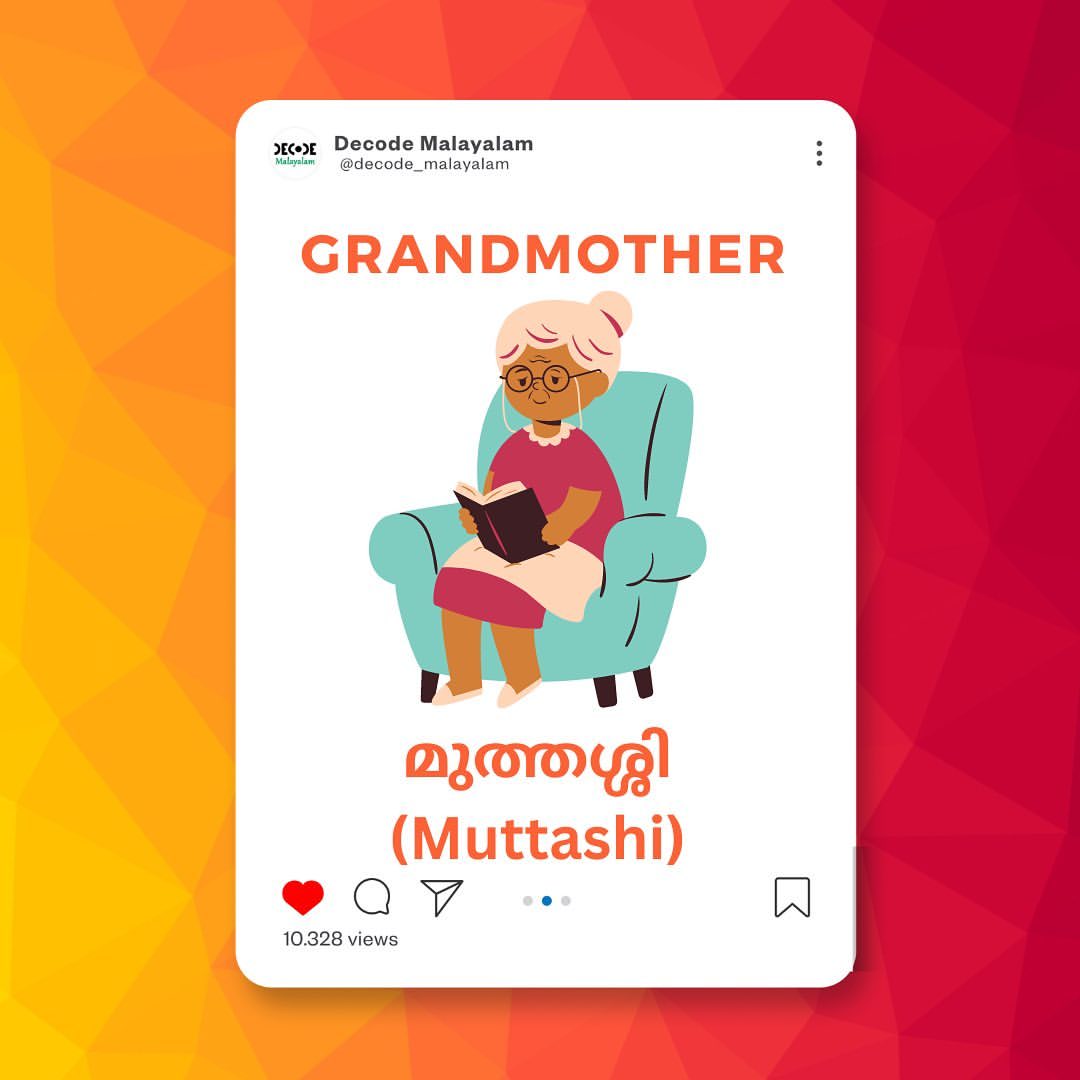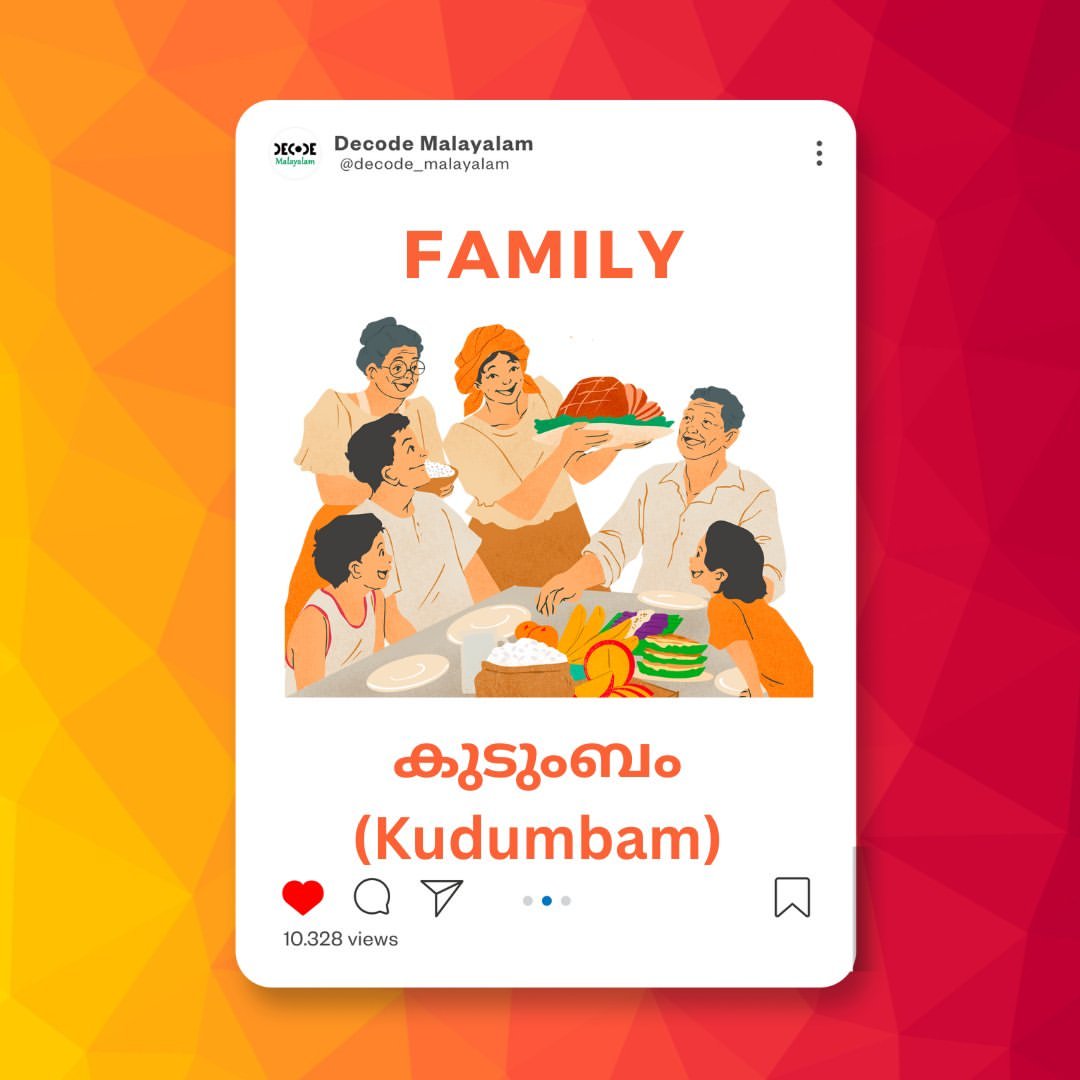തലശ്ശേരി ബിരിയാണി: മലബാറിൻ്റെ രാജകീയ രുചി
Thalassery Biryani: The Royal Taste of Malabar
The History and Uniqueness of Thalassery Biryani
Welcome to the culinary heart of Kerala! When you think of Malabar, the first thing that comes to mind is often its unique and rich cuisine. At the very top of that list is the legendary **Thalassery Biryani**. Unlike the more common Hyderabadi or Lucknowi biryanis, this dish stands out with its distinct flavor profile, thanks to its unique preparation and ingredients. It’s more than just a meal; it’s a piece of Malabar’s history and cultural identity. The name comes from the historical city of Thalassery in Kannur district, a town known for its unique blend of Arab, Portuguese, and British influences.
The secret of Thalassery Biryani lies in its subtlety. It doesn’t rely on overpowering spices but instead uses a perfect blend of fresh ingredients to create a mild yet incredibly aromatic and flavorful experience. This is what sets it apart and makes it a favorite for locals and travelers alike. If you’re exploring the region, remember to add Thalassery Biryani to your list of must-try Traditional Foods of Kerala.

The Key Ingredients: What Makes It Special?
To truly understand Thalassery Biryani, you need to know its core components. Each ingredient plays a vital role in creating that signature taste. The careful selection of these items is what makes this dish so special.
1. The Rice: Jeerakasala (ജീരകശാല)
Forget Basmati. The heart of Thalassery Biryani is the short-grain fragrant rice known as Jeerakasala (also called Khaima). This rice is smaller and rounder than Basmati, and it absorbs the flavors of the masala without becoming mushy. This is a crucial distinction that gives the biryani its unique texture. The name itself comes from two Malayalam words: ജീരകം (jeerakam) which means cumin and ശാല (shala) which is a place or house, referencing its cumin-like aroma. You can learn more about different food items in Malayalam on our blog.
2. The Masala: A Gentle Flavor Profile
Unlike other biryanis, the masala for Thalassery Biryani is not heavily spiced. It uses a base of fried onions, green chilies, and a blend of whole spices like cinnamon, cardamom, and cloves. The spice mix is sautéed in ghee until fragrant, creating a delicate, golden-brown paste. This gentle approach ensures that the taste of the meat and the aroma of the rice are not overshadowed. For a full list of spices, check out our guide on Names of Spices in Malayalam.
3. The Meat and Seafood
Thalassery Biryani is traditionally made with chicken, but it’s also famous for its mutton and seafood variants. The chicken or mutton is cooked with the masala until tender. The seafood variant often uses locally sourced prawns or fish. If you love seafood, you might be interested in our guide to Fish Names in Malayalam.
4. The Garnish: Fried Onions and Cashews
A generous amount of fried onions, cashews, and raisins are used to garnish the biryani, adding a sweet and crunchy texture that complements the savory spices. This is often the final touch that makes the biryani visually appealing and adds another layer of flavor. You can find more unique food names and phrases in our Food Items in Malayalam article.
The Art of ‘Dum’ Cooking
The secret to perfect biryani lies in the cooking method. The “dum” technique, which involves sealing the pot and cooking the biryani over low heat, allows the flavors of the rice and the masala to meld together perfectly. The rice, which is partially cooked, is layered with the spiced chicken and topped with ghee, fried onions, and a sprinkle of spices. The pot is then sealed with a tight lid and a dough made of flour and water. The steam trapped inside cooks the biryani to perfection, ensuring every grain of rice is infused with flavor.
Serving and Cultural Significance
Thalassery Biryani is typically served with a side of coconut-based raitha, a simple salad, and sometimes a sweet pickle. It’s a staple at weddings, festivals, and special gatherings, symbolizing hospitality and celebration. Serving this dish is a way of showing warmth and generosity. It’s a highlight of any celebration, especially during festivals like Onam, where it’s often a celebratory dish served alongside other vegetarian dishes of Kerala.
The love for Thalassery Biryani extends beyond the borders of Kerala. For many Malayalis living abroad, it’s a taste of home that connects them to their roots. This dish represents the rich history of trade and cultural exchange that has defined the Malabar region for centuries.

Ready to Make Your Own?
While making authentic Thalassery Biryani might seem intimidating, it is a rewarding process. The key is to source the right ingredients, especially the Jeerakasala rice, and to be patient with the ‘dum’ cooking process. If you’re a food lover eager to learn more about Kerala’s cuisine, this is the perfect starting point.
If you’re a beginner learning the language, you can practice saying the names of the ingredients and spices. We have several articles that can help you with this, including our guides on How to Read and Write in Malayalam and Malayalam Pronunciation Tips. These resources will make your journey of learning about both the language and the culture much more enjoyable.
Beyond Biryani: Explore More of Kerala
Kerala’s rich culture goes far beyond its food. From its stunning natural beauty to its vibrant traditions, there’s so much to explore. If you’re planning a trip, be sure to check out some of these places and topics:
- Top Hill Stations in Kerala
- Beautiful Waterfalls in Kerala
- Houseboats in Alappuzha
- Historical Landmarks in Kerala
Every place, just like every dish, has its own unique story. Learning about them in Malayalam can make your experience even more authentic.
More to Explore on Decode Malayalam:
Ready to Learn More About Kerala and Malayalam?
From the taste of biryani to the beauty of the backwaters, every part of Kerala tells a story. Start your journey with our comprehensive learning guides. Happy reading!
Start Learning Now!










